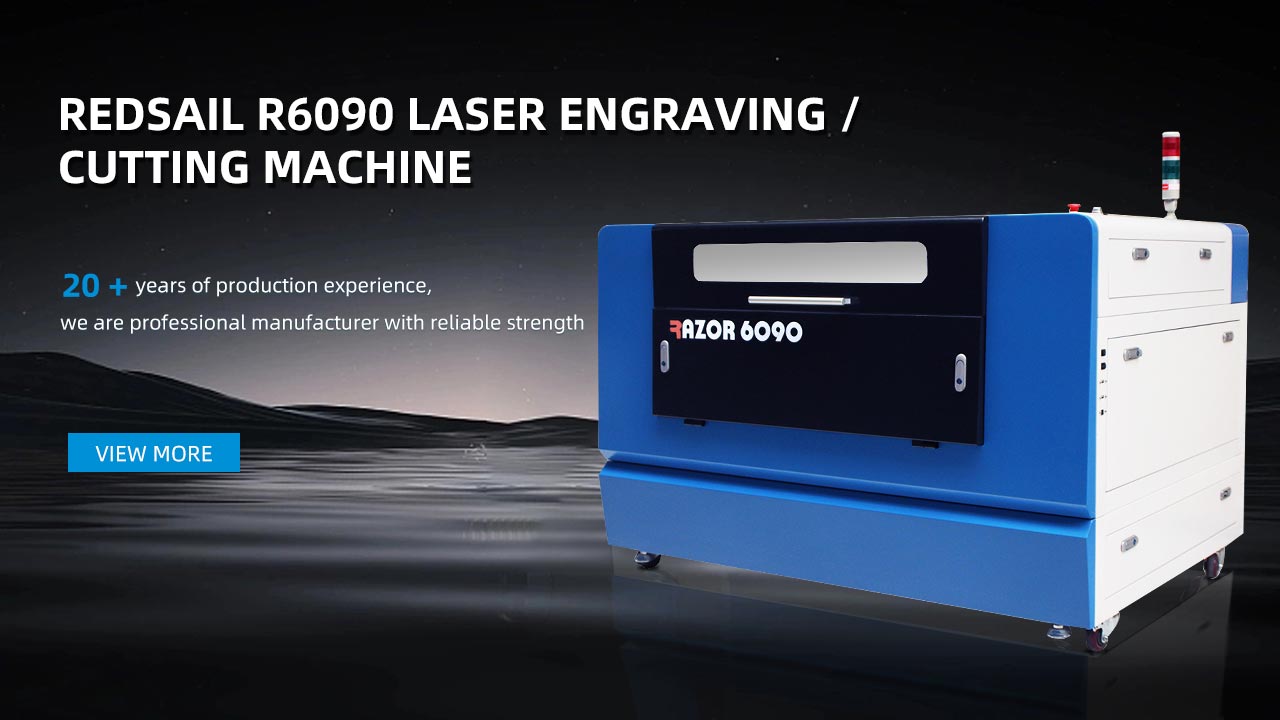**What Are the Optimal Settings for Acrylic Laser Cutters?**
*Introduction*
Acrylic is a versatile material commonly used in various industries, including signage, jewelry, and automotive. One of the most efficient ways to shape and cut acrylic is through the use of laser cutters. However, achieving optimal settings for acrylic laser cutting can be a challenging task. This article aims to provide a comprehensive guide on the optimal settings for acrylic laser cutters, including the crucial factors to consider, such as power, speed, and focus, to achieve precise and clean cuts.
**I. Understanding Acrylic**
Acrylic, also known as Plexiglas or PMMA (polymethyl methacrylate), is a synthetic thermoplastic material widely used due to its transparency, durability, and lightweight properties. It is available in various thicknesses and colors, making it an excellent choice for laser cutting applications.
**II. Factors to Consider for Acrylic Laser Cutting**
1. **Power**
The power settings of a laser cutter determine the depth of the cut and the speed at which the laser moves across the material. The power should be adjusted based on the thickness of the acrylic sheet being cut. Thicker acrylic requires higher power settings, while thinner sheets require lower power settings. It is crucial to find the right balance to avoid burning or under-cutting the material.
2. **Speed**
The speed at which the laser moves across the acrylic sheet affects the quality of the cut. Higher speeds can result in rougher edges, while slower speeds may cause melting or discoloration of the material. It is recommended to start with a moderate cutting speed and adjust it as necessary to achieve the desired results.
3. **Focus**
Proper focus is essential for achieving precise and clean cuts. The laser beam should be focused at the correct distance from the material surface. If the focus is too close or too far, the cut edges may appear distorted or charred. Experimentation and testing may be required to find the optimal focal distance for different acrylic thicknesses.
4. **Frequency**
The frequency, also known as the pulse rate, determines how often the laser fires and can affect the smoothness of the cut. Higher frequencies create more closely spaced laser spots, resulting in smoother edges. However, excessively high frequencies can lead to excessive melting. Finding the right frequency depends on the desired cutting quality and thickness of the acrylic.
**III. Recommended Settings for Acrylic Laser Cutting**
The optimal settings for acrylic laser cutting may vary depending on the laser cutter model, power source, and acrylic type. However, as a general guideline, the following settings are a good starting point:
– Power: 80-100% for thicker acrylic (6 mm or more) and 40-60% for thinner acrylic (2-3 mm)
– Speed: 10-20 mm/s for thicker acrylic and 20-30 mm/s for thinner acrylic
– Focus: Adjust the focus distance until the optimal cutting quality is achieved
– Frequency: 5000-10000 Hz for smoother edges
**FAQs**
**Q1. How can I avoid burning the edges of acrylic during laser cutting?**
A1. To avoid burning the edges, ensure that the power settings are appropriate for the acrylic thickness. Additionally, setting a moderate cutting speed can help prevent excessive heat buildup.
**Q2. Why are the cut edges of my acrylic sheet appearing rough?**
A2. Rough edges can be caused by excessive cutting speed or insufficient focus. Adjusting the speed to a lower setting or experimenting with the focus distance can help achieve smoother edges.
**Q3. Can I use the same settings for all types of acrylic?**
A3. While the recommended settings provided in this article serve as a general guideline, different types and brands of acrylic may require slight adjustments. It is recommended to conduct tests on scrap pieces or consult manufacturer guidelines for optimal settings.
**Q4. How do I ensure consistent cuts across multiple acrylic sheets?**
A4. Consistency can be achieved by maintaining the same power, speed, focus, and frequency settings throughout the cutting process. Checking and calibrating the laser cutter regularly is also recommended to ensure accurate results.
**Conclusion**
Finding the optimal settings for acrylic laser cutters is a process of experimentation, testing, and fine-tuning. By considering factors such as power, speed, focus, and frequency, users can achieve precise and clean cuts on acrylic sheets of various thicknesses. Remember to start with moderate settings and gradually adjust them as needed to achieve the desired results. With practice, experience, and careful attention to the material and machine, optimal settings for acrylic laser cutters can be successfully achieved.





